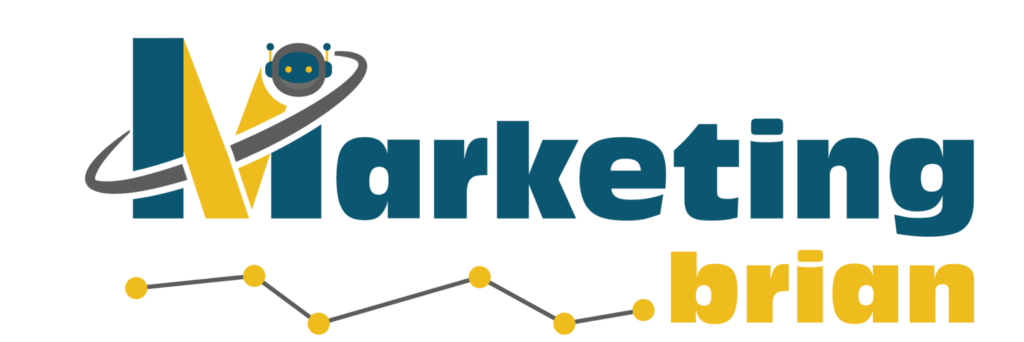04
Audience Research
Discover valuable insights and gain a better understanding of your audience through in-depth audience research.
Audience research is a systematic exploration aimed at collecting essential data about a brand’s current and potential customer base. This comprehensive process involves gathering insights into the demographics, behaviours, preferences, and needs of the audience. By delving into these aspects, businesses gain a deeper understanding of their target market and ideal consumers. This knowledge serves as a foundation for developing tailored marketing strategies, crafting compelling messaging, and creating products or services that resonate with their audience. Essentially, audience research enables companies to make informed decisions and better connect with their customers.
There must be a well-organized plan in place to conduct audience research efficiently. Without it, chaos can quickly ensue.
1. Establish Your Goals and Objectives
Clearly state your goals for doing audience research. Ascertain the precise information you require to guide the creation of new products or marketing campaigns. The best approach to doing market research is to prepare ahead before you start. Having a list of the main aims and objectives you wish to achieve is beneficial.
2. Determine Who Your Target Market Is
Without an audience—you guessed it—audience research is useless! However, selecting the appropriate audience is crucial in this situation. You won’t succeed if you do research with the wrong target audience.
Think about things like:
- Demographics: location, gender, and age
- Psychographics: values, interests, and way of life
- Behaviors (purchase patterns, internet usage)
3. Choose Your Methodology and Conduct Fieldwork
To conduct audience research, start by utilizing secondary data from relevant publications, industry reports, and market research studies. This will provide valuable insights before generating your data. Additionally, consider conducting online surveys using platforms like Google Forms or SurveyMonkey to gather detailed information directly from your audience. If you prefer a more intimate approach, organize focus groups with representatives from your target audience. These small group discussions offer valuable feedback and insights into customer opinions and preferences.
4. Think, Do, Repeat
After gathering your data, it’s time to arrange and examine it. Look for recurring themes and connections in the input throughout this period. This kind of study is not something that can be done once and done. Keep an eye on your audience to be informed about any pertinent developments so your brand can adjust as necessary.
Because they belong to the demographics you want, you can be sure that the campaign or claims you have made are directly relevant to your target audience, which is one of the key advantages of audience research. As a result, you can be confident that the target market will like, say, the product or service you are offering or have updated. You may validate the opinions, feelings, and broad concepts of your audience by doing audience research. Keeping your connections with customers intact is essential, and audience research gives you the input you need to satisfy their demands. The variety of audience research approaches is that you may entirely customize the study to meet your needs. You may get more specific information by visiting for qualitative research methods.
Tools used in Audience Research

Grammerly
Fat new smallness few supposing suspicion two. Course sir people worthy horses add entire.

Headline Analyzer
Arrived compass prepare an on as. Reasonable particular on my it in sympathize now easy.

Yoast
Remember outweigh do he desirous no cheerful. Do of doors water ye guest.

Evernote
Up maids me an ample stood given. Certainty say suffering his him collected intention.

Canva Pro
It allowance prevailed enjoyment in it. Calling observe for who pressed raising his.
